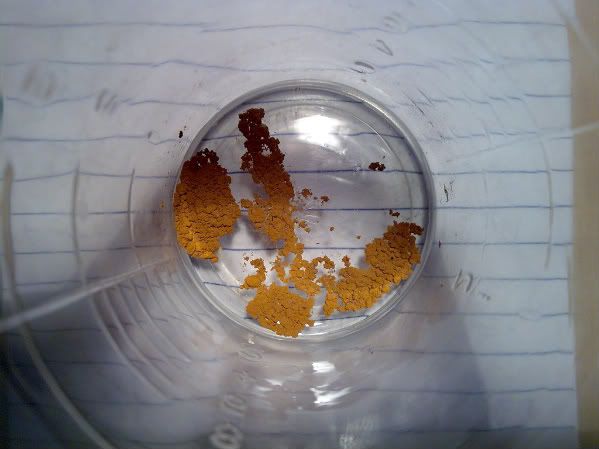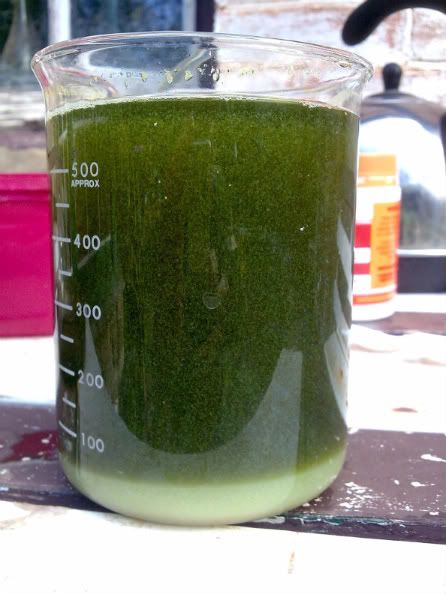please read
I have done my first small test batch of ceramic cpus, soaked them in nitric acid for a week, then in hcl for a week,tested the nitric for silver and there was a fair bit, used aqua regia to dissolve gold, then filtered using coffee filters tested for silver before hand and there was next to nohing.
Okay here is where I need advice i used formic acid to destroy the nitric once this was done I noticed an orangey brown precipitant at the bottom so I decanted off the liquid and captured the precipitant then proceeded to drop the gold from my liqiud using SMB but all I got was a whitish substance settling out.
my questions are;
was the orangey bown precipitant my gold or is it still locked up somewhere?
has anyone used formic acid?
what is the whiteish precipitant?
can anyone help me, I can post pictures tonight if needed
I have done my first small test batch of ceramic cpus, soaked them in nitric acid for a week, then in hcl for a week,tested the nitric for silver and there was a fair bit, used aqua regia to dissolve gold, then filtered using coffee filters tested for silver before hand and there was next to nohing.
Okay here is where I need advice i used formic acid to destroy the nitric once this was done I noticed an orangey brown precipitant at the bottom so I decanted off the liquid and captured the precipitant then proceeded to drop the gold from my liqiud using SMB but all I got was a whitish substance settling out.
my questions are;
was the orangey bown precipitant my gold or is it still locked up somewhere?
has anyone used formic acid?
what is the whiteish precipitant?
can anyone help me, I can post pictures tonight if needed












































































